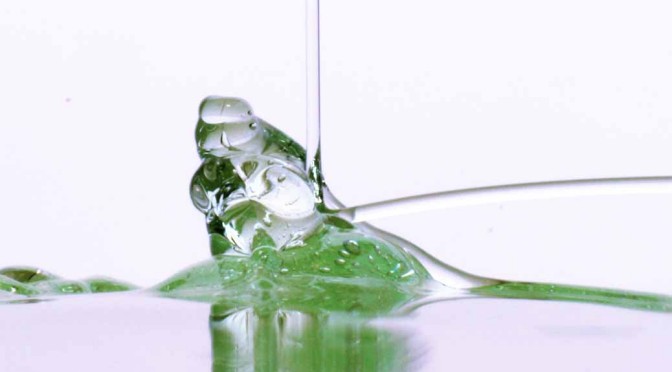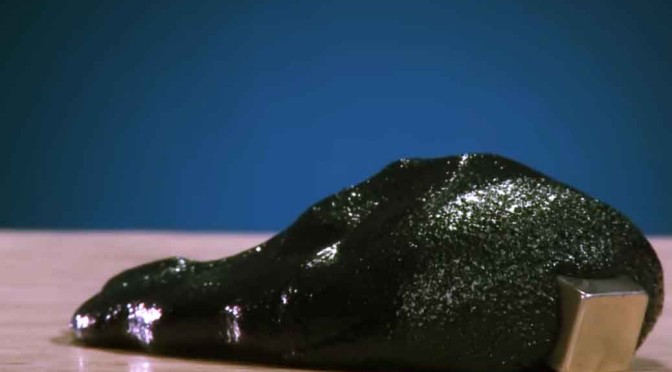When you sprinkle water on a hot pan, you’ll find that the droplets start dancing on the surface, as if there was no friction at all. From far, this effect looks a lot like water droplets on a lotus leaf (a super-hydrophobic surface). But, the physics behind this phenomenon is completely different. Read on to find out what is the mystery behind these dancing drops of water.
The Leidenfrost Effect
Why does this happen?
Unlike the drops on a lotus leaf, this happens at a particular temperature for a specific liquid. Different kinds of liquids display this effect at different temperatures.
For water, at a temperature when a small amount of water in contact with the pan gets heated enough to form a thin-film of vapor below the drop, water is no longer stuck on the pan (water sticks to some surfaces due to low surface tension). The drop has a thin vapor film below it which enables the drop to move around on the film. The formation of this vapor film is a continuous process, till the whole drop turns into water, one film at a time. This is called the Leidenfrost Effect.
Some liquids like liquid Nitrogen are extremely cold. At normal room temperature, they start boiling. A normal room’s floor is like a hot pan for liquid Nitrogen. So, it forms these dancing drops on a floor which is just at room temperature. You can try this yourself – If you can find some liquid Nitrogen, you can simply drop it on the floor and watch droplets moving effortlessly. They won’t stop moving!
Dipping hands in Liquid Nitrogen
The temperature of liquid Nitrogen is around -195 degree centigrade. It is one of the coldest substances and is used with extreme caution in industries and laboratories. If it touches you, your skin can easily get burnt. Yes, burnt – at extremely low temperature. It could probably also make the dipped limb useless for life. So, you shouldn’t try stuff with liquid Nitrogen at home.
But, it turns out, you can safely dip your hand in it for a small amount of time and return unharmed. Thanks to the Leidenfrost effect. Our hot-pan like hand – for cold liquid Nitrogen – makes a thin film of vaporized Nitrogen around the whole hand. This film, protects our skin from the ill effects of extremely cold temperatures. Still, there is no reason for you to try this. It has been done already.
The crazy duo from Myth Busters tried this with molten lead. It worked! They, of course had to wet the finger with water – for the vapor film formation.
Water flowing uphill
Recently, an undergraduate research student group from the University of Bath found out a way to manipulate the movement of water on a specially designed surface, using this phenomenon. They found that machining ridges on the surface (and heating it) would make the thin vapor films under water droplets move in such a way, that they could use it to propel drops against gravity. They were able to demonstrate this by showing water moving uphill on a slope. It is enthralling to see it for yourself. I’ve attached their video below.

